|
Dear friends
So this year's celebrations are in full swing. Previously, I visited a doctor and the first picture shows a 300-year-old book on Siddha medicine in Tamil, based on a recent English copy of homeopathic medicine. You also see a meditating monkey on the way up the Arunachala hillside.
The other two photos are from the inner road around the mountain. However, each year the road is more difficult, overgrown with grass and thorn bushes, the passages between the trees narrow and fall, and the marks slowly disappear. So even a connoisseur of this journey like me on a seven-kilometer maze of bushes sometimes wanders at night on the Moon.
In the other four photographs there is a ceremony to honor the Lord of Dance - Shiva Nataraji. This form of God of Gods symbolizes the eternal chaos and order of the universe with all the different powers and laws. This ceremony is performed five times a year, so it is a very important and uplifting ritual. The statues of Nataraja, his wife Parvati, and the son of Ganesha are prepared to bathe and then bathed in the various nectars that the gods, in their kindness, give to people. It starts with a scented bath of sandalwood paste, then the yellow bath continues in turmeric solution. A basic bath in milk and yogurt follows. Then the gods sacrifice the chopped fruit for a salad and pour it over with honey and ghee butter. Then Lord Shiva is offered a vibhuti - sacred ash and Parvati kumkum, a kind of red curcuma used as a dye applied to his forehead. Then the gods are washed thoroughly with water, they change their clothes, they decorate the flowers and the final ceremony is performed and they are covered with flowers. Everything takes place while Vedic texts are chanting, specially designed to worship these gods. Meanwhile, thousands of pilgrims are circling on the mountain road, the crowd growing stronger with the night coming. In six photos are snapshots of a warm tropical pre-full Moon night.
The next day we are going to celebrate Bhagavan Sri Ramana Maharshi's birthday. He was born on December 30, 1879. Since the Moon's position is much more important in India, it happened when the Moon was in the constellation of Gemini, and these two brightest stars are called Punarvasu, Sri Ramana's birthday star. This was the 11th of January. We celebrated the 140th anniversary, so the crowd of celebrating devotees was even larger than normal. In Athithi ashram, Tamil texts written by Sri Ramana were sung. Another classic ceremony was performed, this time to honor Sri Ramana. Then we had breakfast where we had a blessed dish from the sacrifice just made. Then I went to Sri Ramana Ashram, took some photos of the original floral decoration and went round the mountain. I arrived in Athithi just in time to attend the celebration. This was feeding homeless ascetics. More than a hundred of them gathered, plus more invited from other ashrams. To indulge in an ascetic who has dedicated his life to God - here Shiva - in India is considered very beneficial for both the donor and the recipient. All entertainment is another ceremony, ascetics sing mantras, eat and finally bless the hosts.
In the evening I went to Sri Ramana Ashram and so in the last photograph you see the solemnly decorated samadhi - place of resting the body of Sri Ramana.
Now there will be three days of rest, and on January 15, the Pongal crop, abundance and fertility festival will begin.
So be HAPPY!!!
Josef Fric
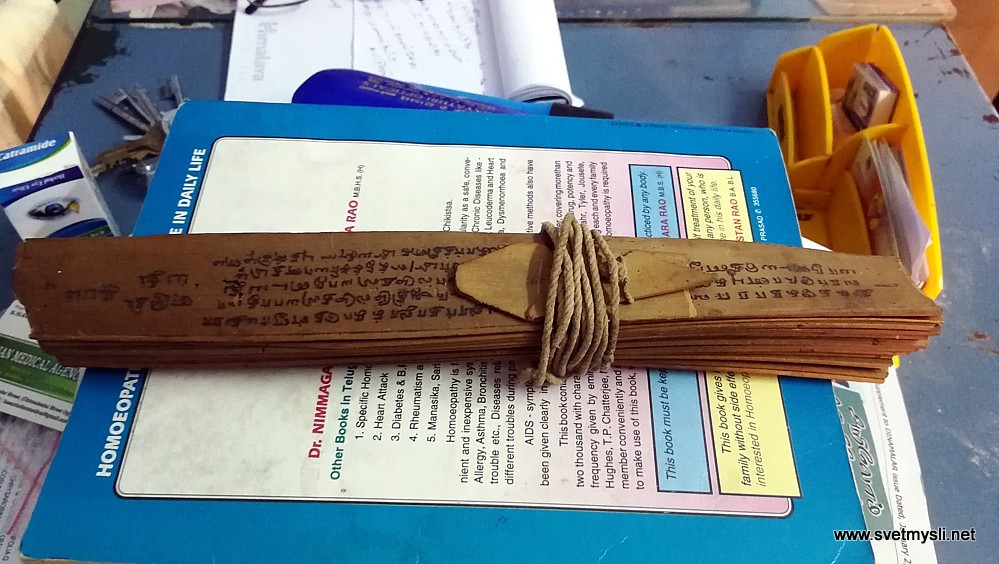
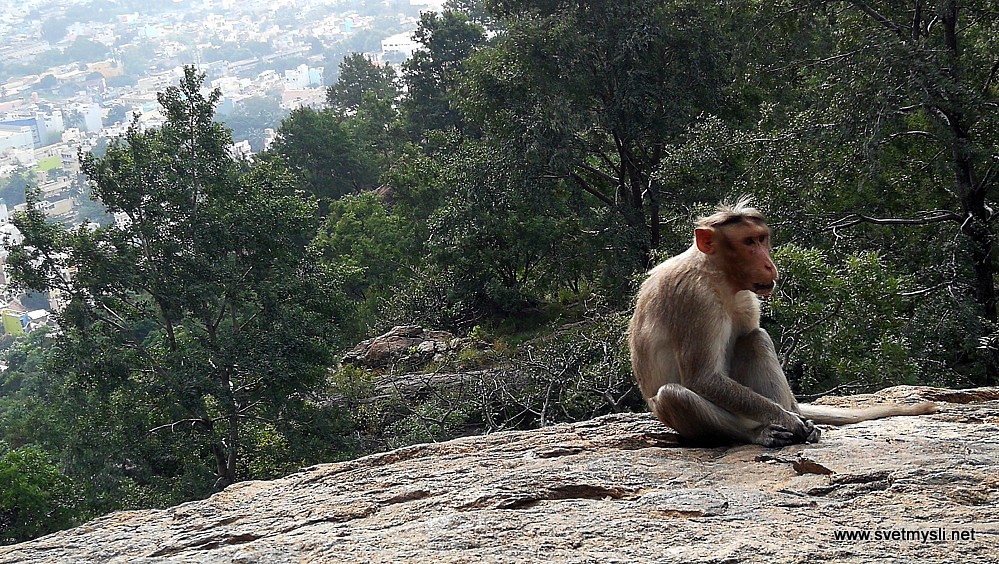
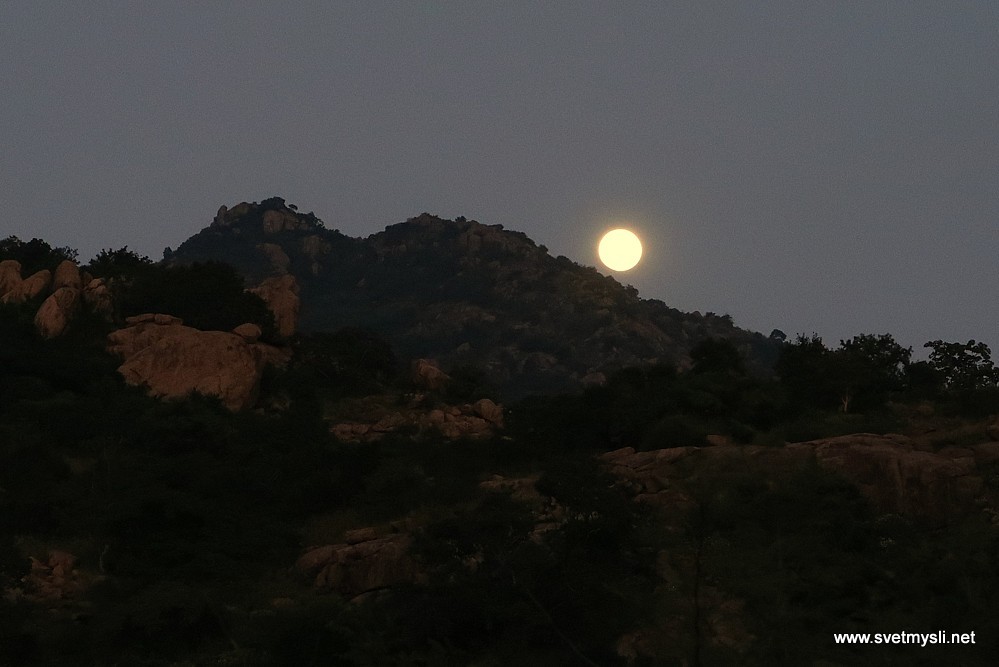


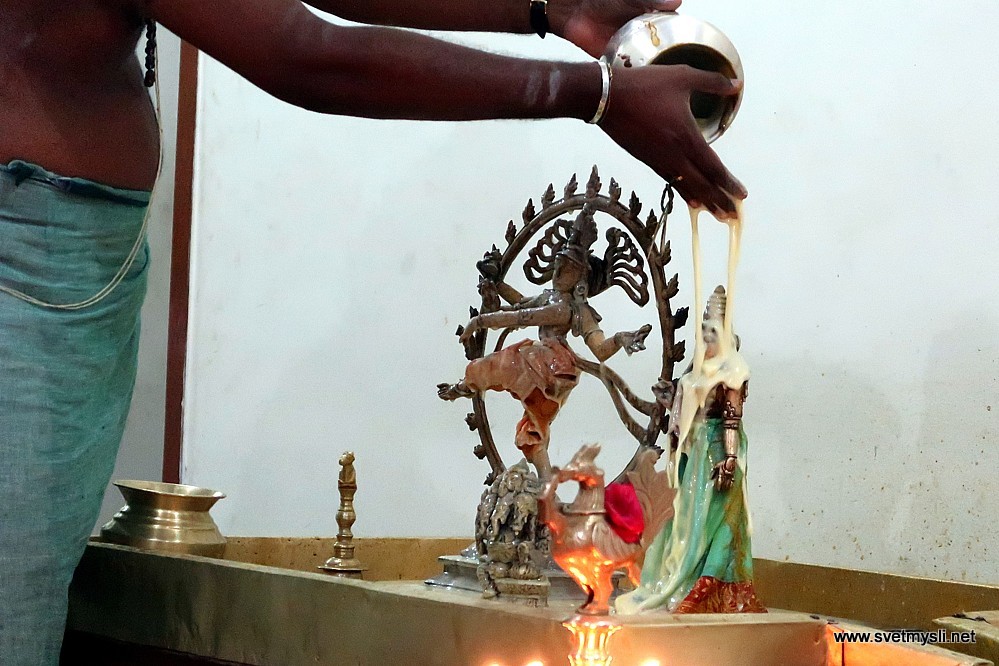
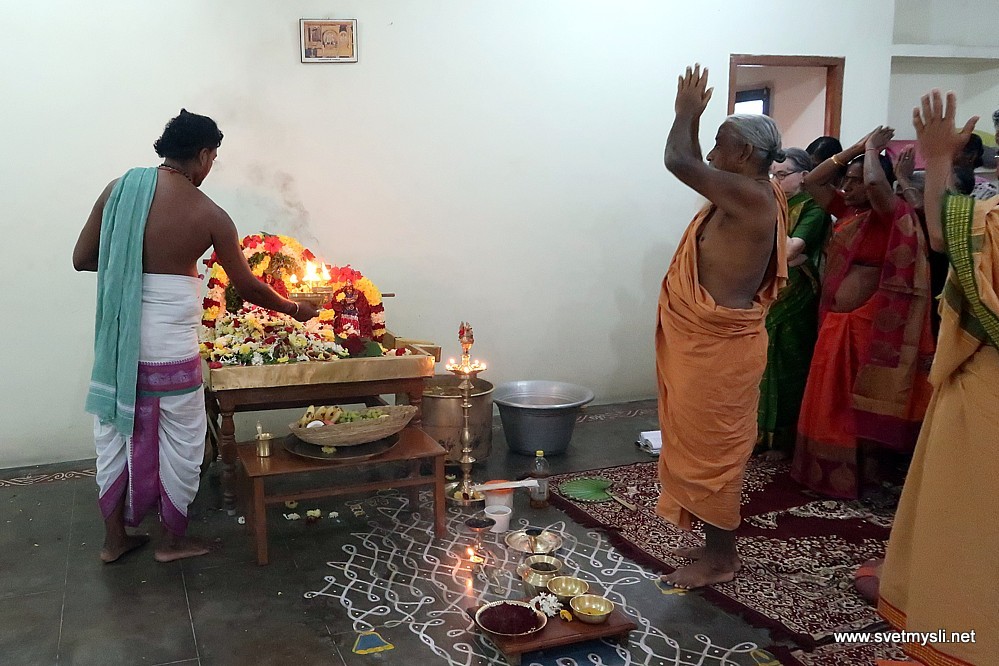
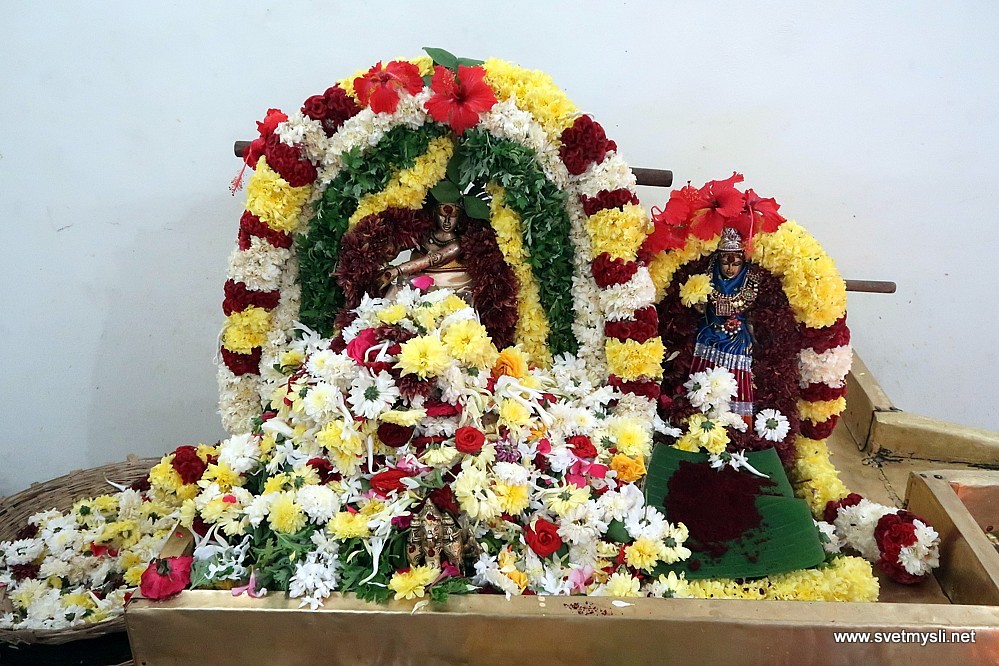
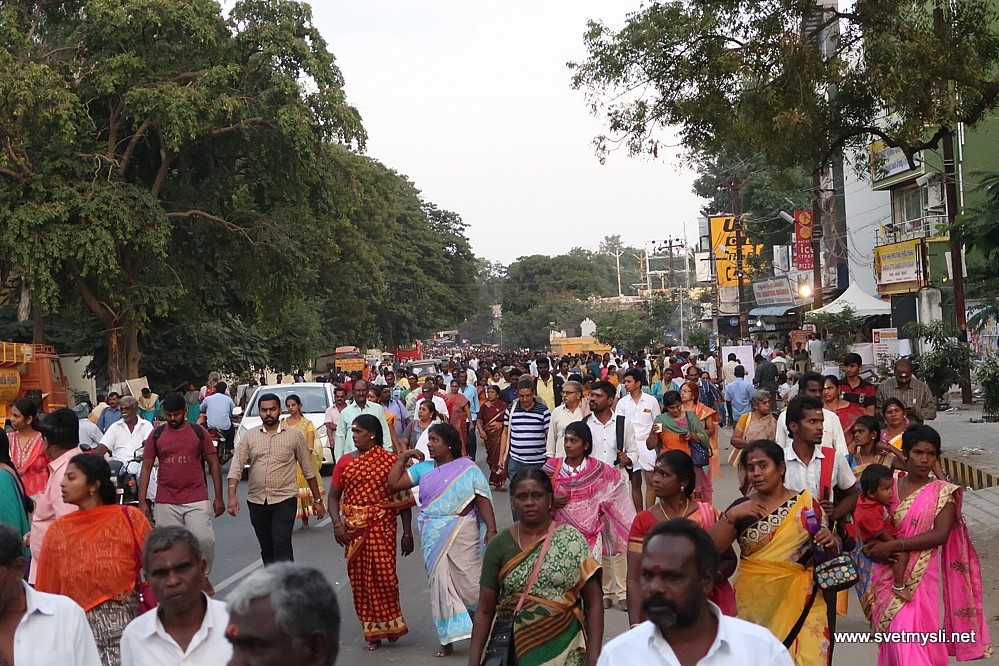
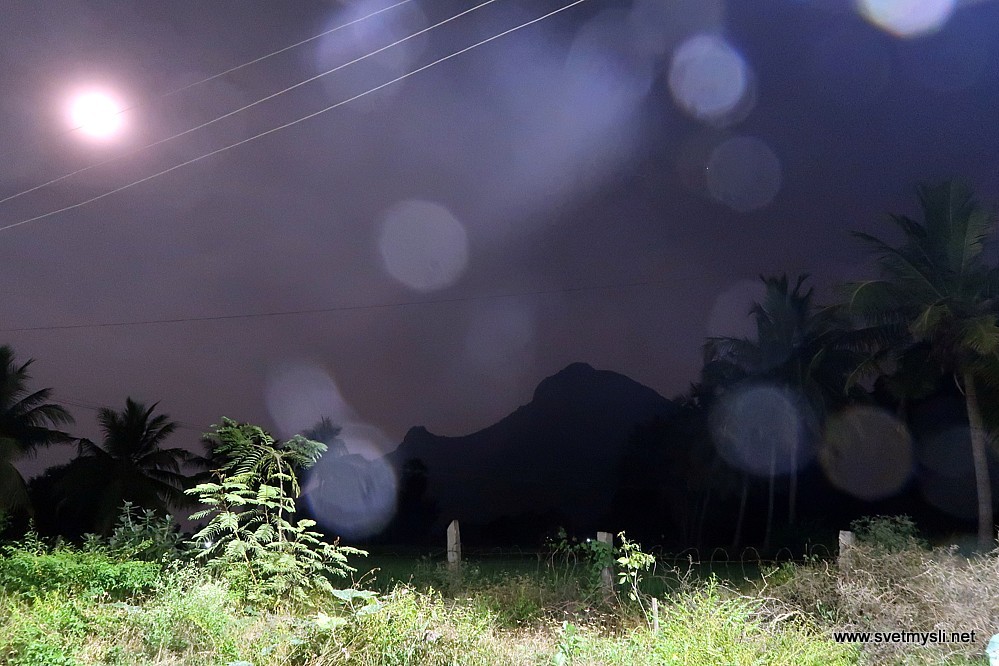
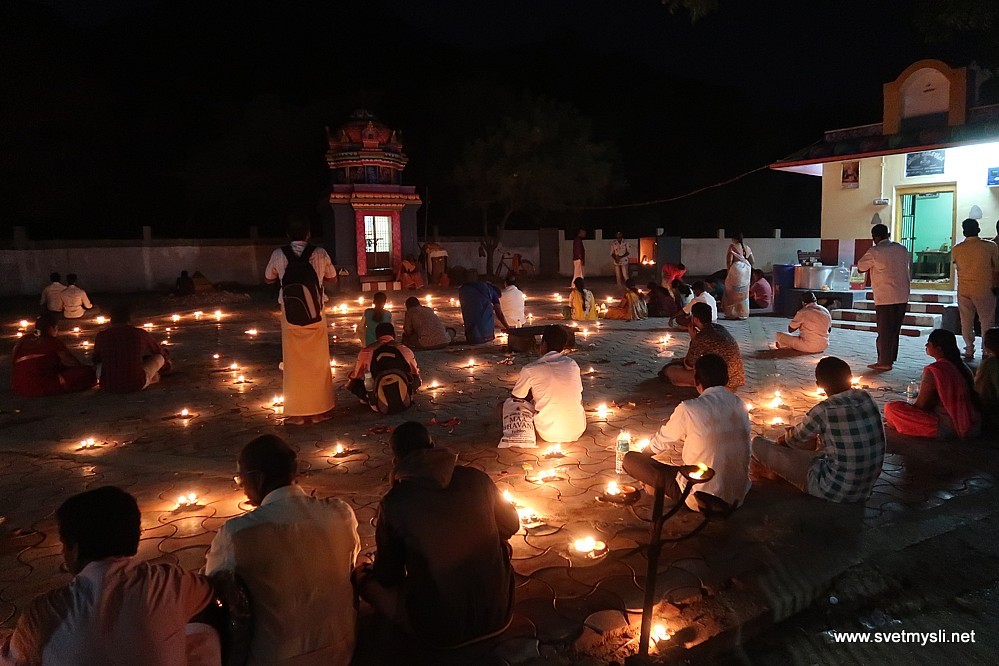
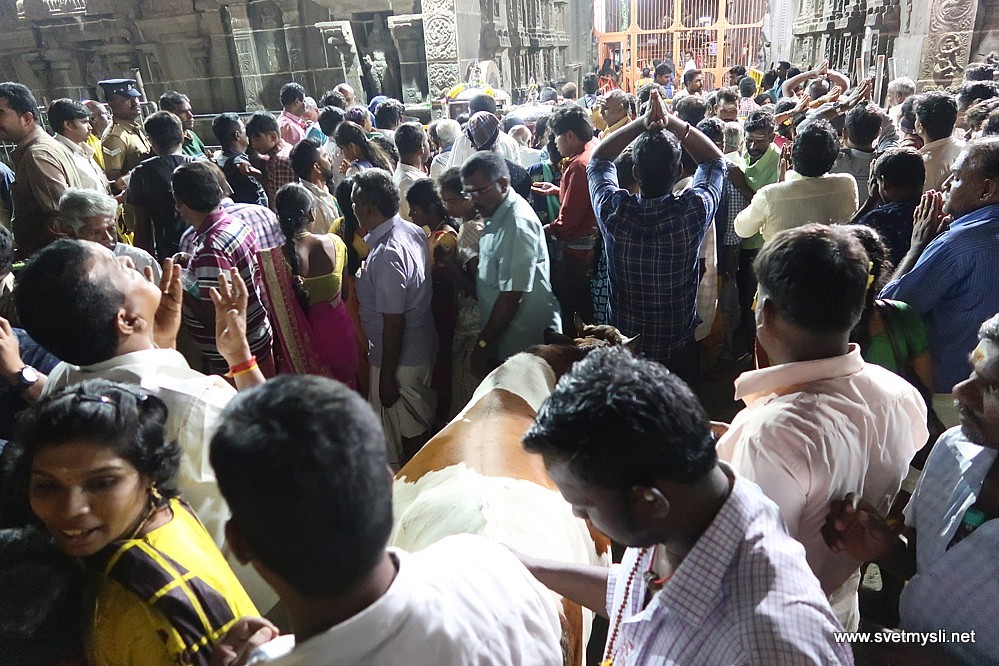

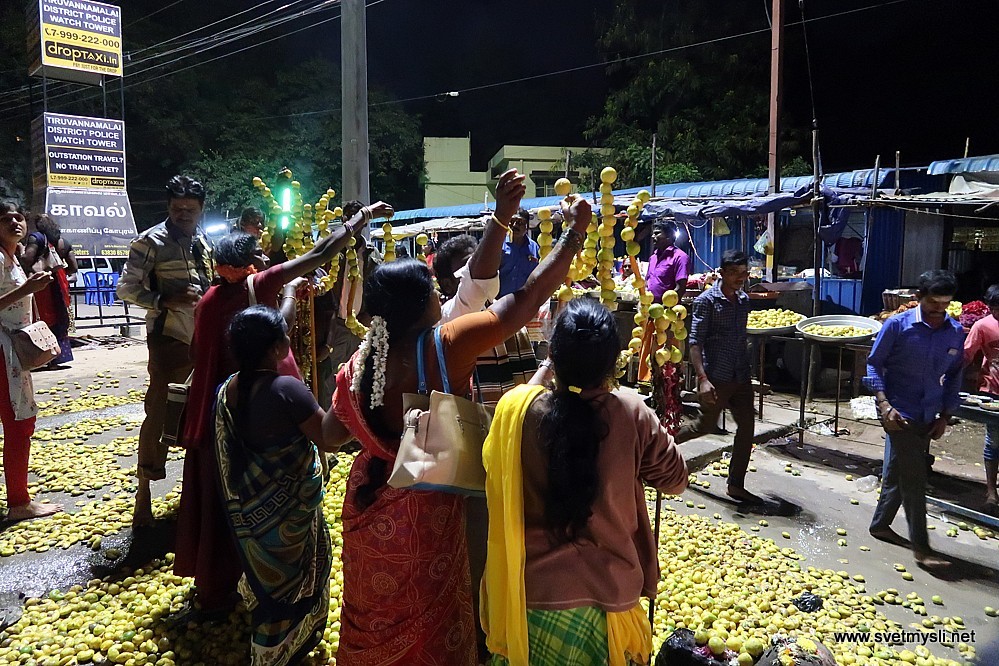
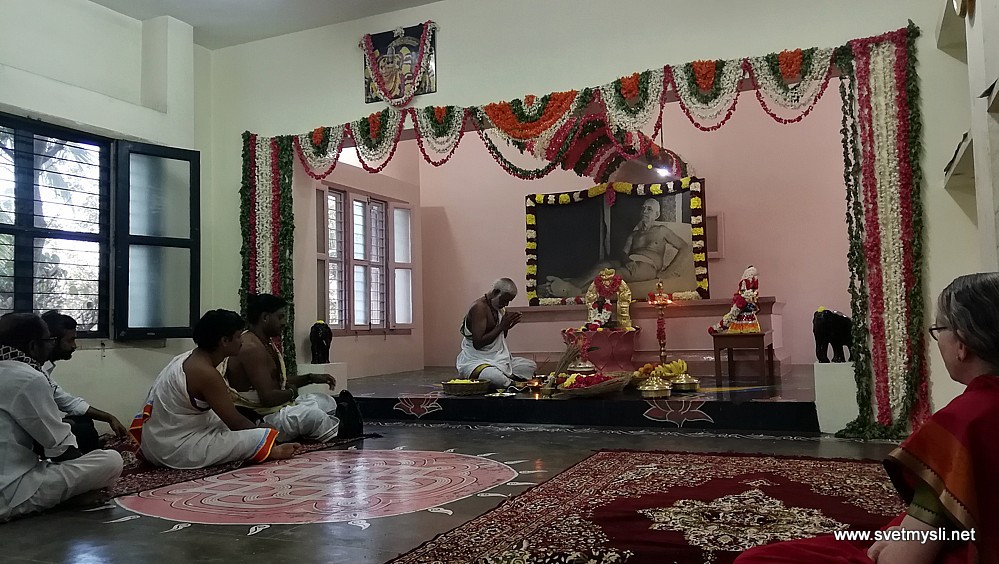

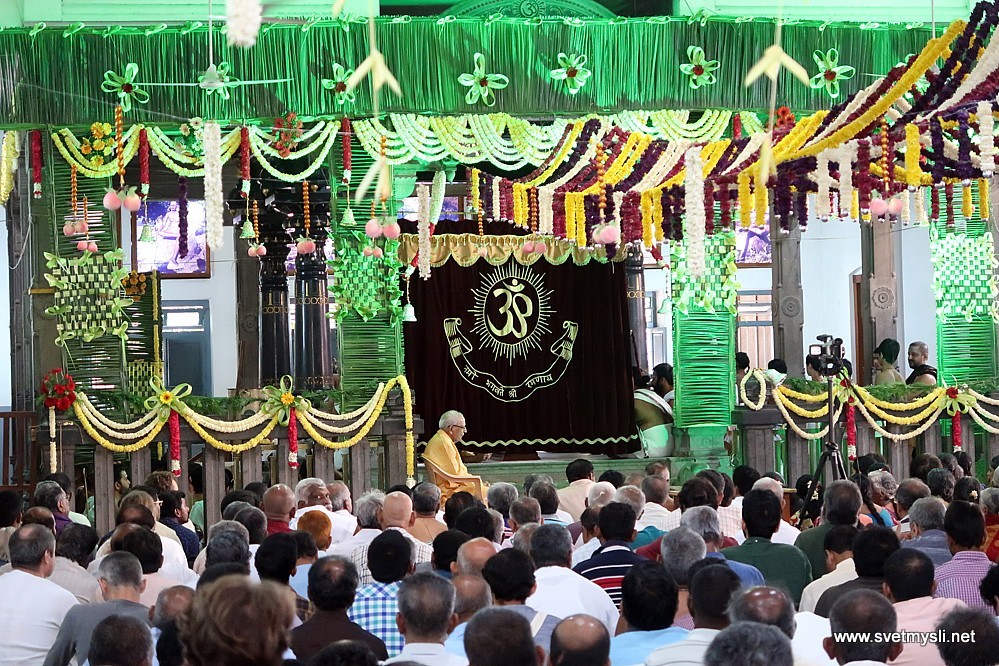
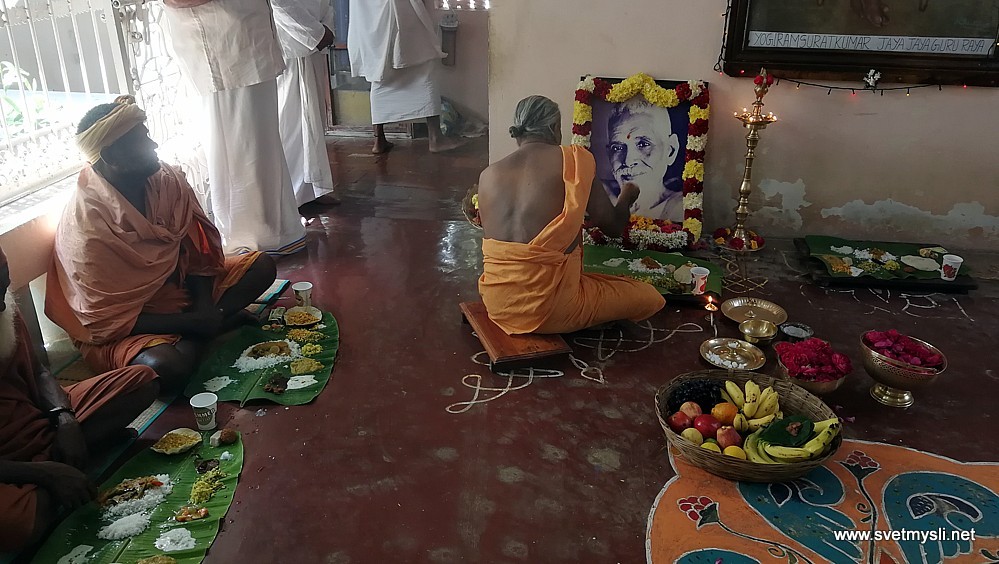
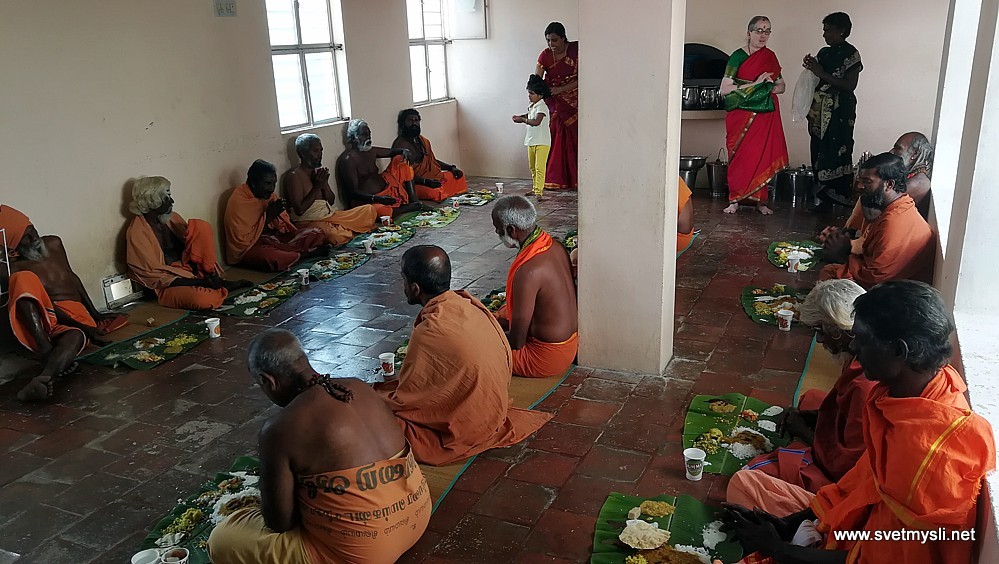
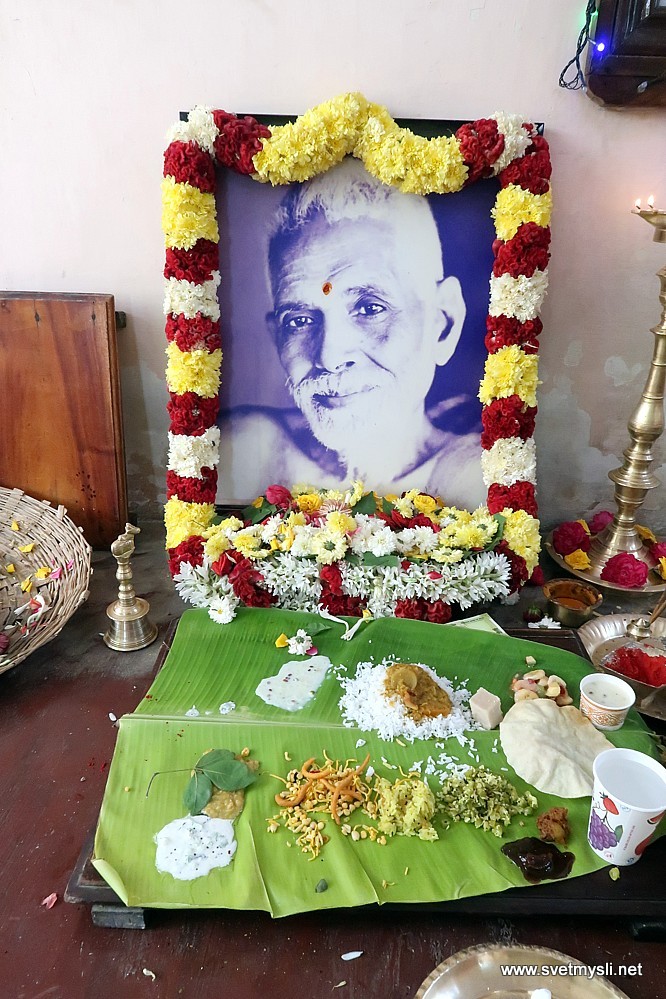
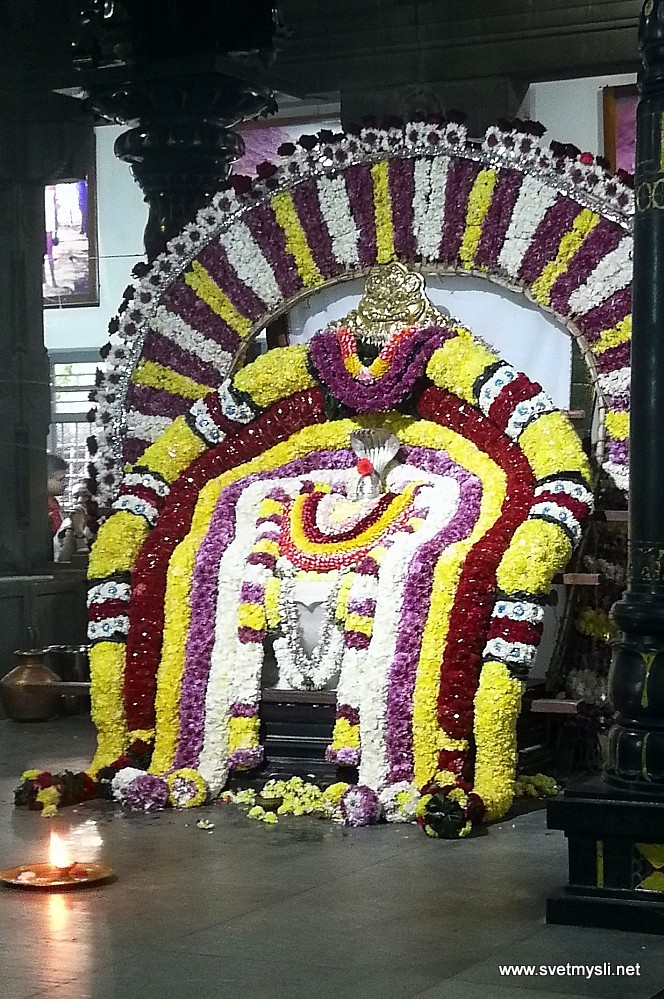
|